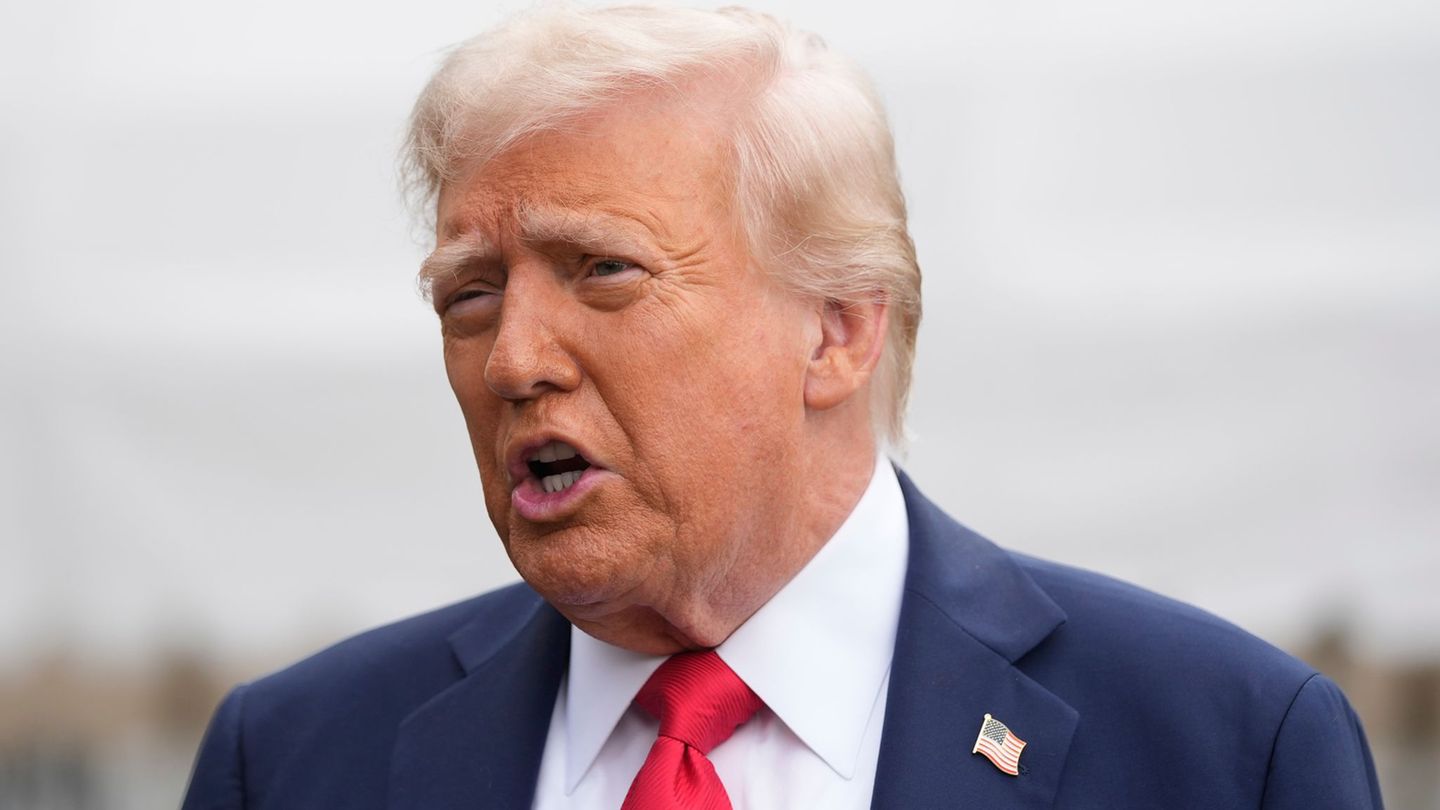The war in the Ukraine almost shuts down the production of the cable harnesses and, after the semiconductor crisis, plunges the car manufacturers into the next dilemma. VW installs a crisis team and duplicates production in Morocco and wants to make the volatile supply chains crisis-proof in the future.
At the moment, the automotive managers are not to be envied. It is clear that the days of basking in the spotlight of your own products are over. The corporate headquarters between Wolfsburg and Stuttgart are currently operating in permanent crisis mode. As soon as a light shimmers at the end of the COVID 19 pandemic tunnel, the next blow to the neck hits the automotive industry. A war is raging in the Ukraine and the production of cable harnesses is largely shut down. The Covid-19 pandemic, the semiconductor shortage and now the war in Ukraine are doing enormous damage, with vehicle production falling by 8 percent from 90.3 million units in 2019 to 83 million in 2021. This trend is unfortunately being reversed in the continue in 2022 and, if necessary, worsen,” says Dr. Ralf Walker from the Berylls Group the situation.
Tough times call for tough action. In order to keep production and thus business running to some extent, Volkswagen, Mercedes and Co. practice tough wiring harness Darwinism. The cars that bring the most money into the till move up the production hierarchy. “All wiring harness suppliers are currently prioritized as to which wiring harnesses and in what quantity have absolute priority. For example, the wiring harnesses for high-voltage storage and BEV vehicles in the high-price segment have a higher priority than a wiring harness for a mid-range combustion vehicle,” explains Ralf Walker. Even if the loss of the Ukrainian wiring harness production mainly affects the European model range, it shows how vulnerable the supply chains are.
This means: long-term strategies are needed that make the cooperation between suppliers and manufacturers more robust. “We are also considering completely changed supply chains for different raw materials, semi-finished products and supplier products. The point of view “local for local” comes to the fore much more. If a region in China goes into lockdown again for a few weeks, the supplier plants should primarily supply OEM plants in the area or in this country and not customers in Europe or the USA,” says Ralf Walker. Mercedes is already making adjustments and wants to make more specific agreements on delivery acceptance with suppliers in the future. In addition, extended planning cycles, the build-up of safety stocks at various points in the supply chain and multiple sources of supply are used so that the effects of the failure of a production site are not so serious.
BMW does not see a great need for action: “Our sourcing strategy has proven its worth, especially in crisis situations such as the tough lockdown times due to Corona and also with semiconductors. We have always sourced important components such as cable harnesses from several countries, including some from the Ukraine. As a result, only a few BMW Group plants in our production network were affected.
VW has set up a crisis management team to cushion the effects of the production outages on the wiring harnesses. In the short term, locations in Eastern Europe, North Africa and also overseas jumped into the breach. “We must see these challenges as an opportunity to learn from the crisis. Analyzing the current situation, taking measures, looking ahead, conducting dialogues with our partners, expanding our networks accordingly, concluding strategic partnerships in order to ensure supply security in the long term,” explains Skoda Procurement Board Member Karsten Schnake.
The Volkswagen Group relies on a dual strategy. This means that the handicraft production lines from the Ukraine are duplicated in other places, “but not relocated,” as a spokesman for the Wolfsburg-based group emphasizes. For this measure, the Lower Saxony have identified 14 possible countries and there already 23 locations for duplicating production capacities in order to minimize the failures. One of these plants is located in Rabat (Morocco), where Kromberg and Schubert has expanded the production of the cable harnesses, thereby partially compensating for the outages of the factory in Zhytomyr, Ukraine.
The supplier PEKM quickly rented a hall at the Czech manufacturer’s headquarters in Mlada Boleslav and offered employees from the original factory in Lviv, Ukraine, to help with production. Some have jumped at the opportunity and are now making wire harnesses by hand. Production is to be gradually expanded. While before the crisis it was up to 40,000 wiring harnesses per day, now it is a maximum of 900. If everything runs optimally, both locations will produce wiring harnesses for 1,870 vehicles per week. “We are examining a similar approach – duplicating the production of critical parts – across our supplier portfolio and offer our partners support in this process. The projects implemented in the Ukraine and North Africa serve as a blueprint,” says Karsten Schnake, classifying the measures. The Ukraine and semiconductor crises have relentlessly revealed how volatile the supply chains are. In order to prevent such serious slumps in production in the future, the right conclusions must be drawn now.
Source: Stern
I am a 24-year-old writer and journalist who has been working in the news industry for the past two years. I write primarily about market news, so if you’re looking for insights into what’s going on in the stock market or economic indicators, you’ve come to the right place. I also dabble in writing articles on lifestyle trends and pop culture news.




